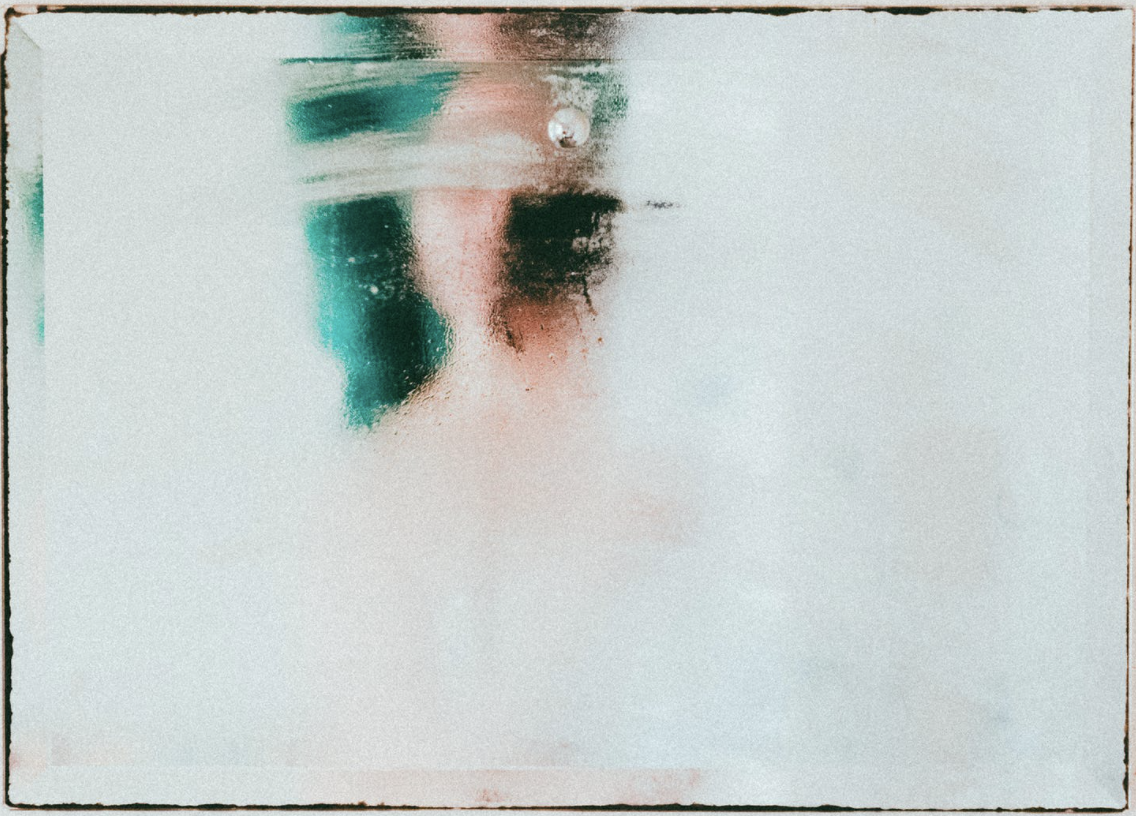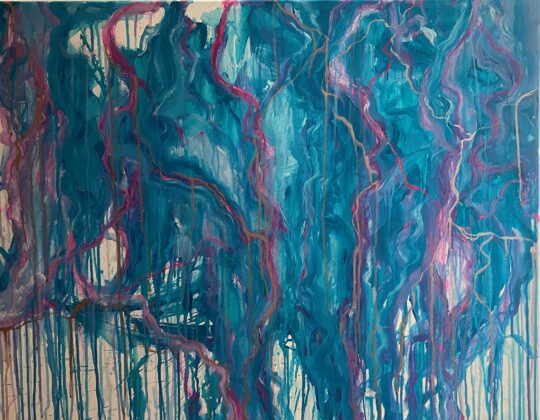I discovered Anna’s work on Instagram and was immediately drawn in by her bright and powerful use of colours. Her works radiate liveliness and joy, like a big bright sun. But at the same time they also make themselves vulnerable and give back an even greater power through that.
For the following I asked Anna if she wants to do an interview with me:
Luna Maluna Gri: Tell me a bit about yourself and your work.
Anna Pelz: I’m from Vienna, 26 years old and I’m currently doing my Masters in TransArts at the University of Applied Arts. I like to experiment with different media but I’m mostly painting and also doing objects, ideally I like to combine them all in immersive room installations.
LMG: How and why did you start making art?
AP: I’ve always been doing some kind of creative stuff, like crafting or drawing, painting as a kid already. I think my parents supported that and it was always like a natural thing to do. Over time I found out that it might be possible to do that professionally. When I was twenty I started studying art after doing a diploma in graphic design.
LMG: What role does art play for you?
AP: I think it’s a tool for expressing myself and transforming feelings and thoughts. It’s also a way of communicating and a bit like a metabolism.
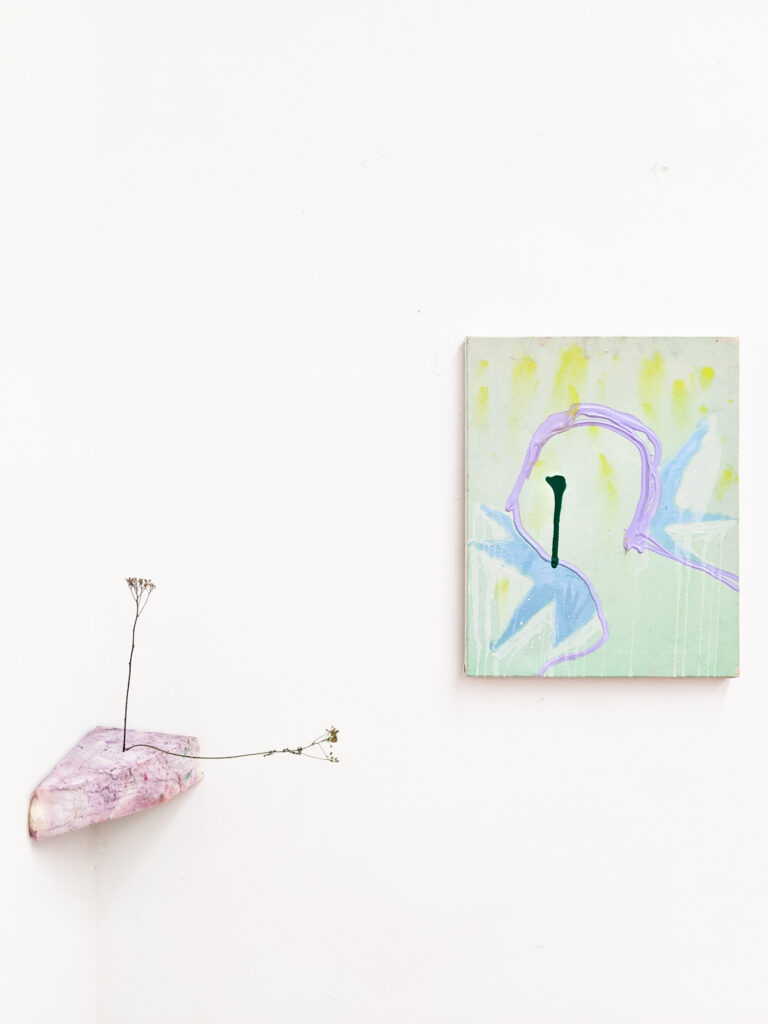
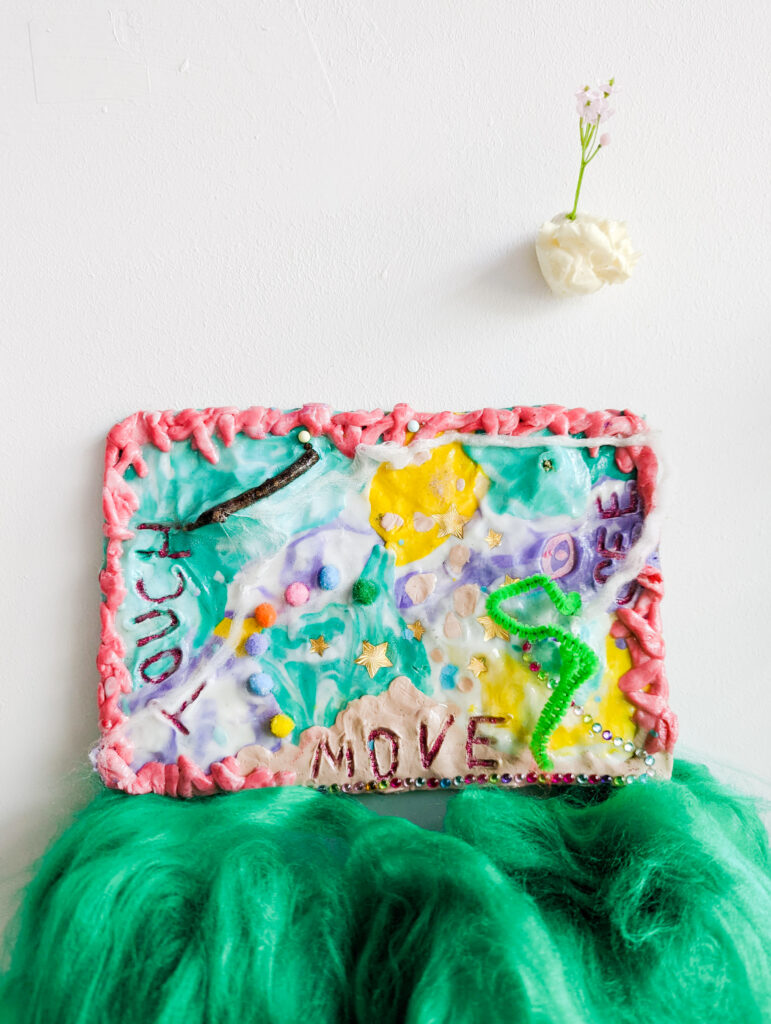
LMG: What does your creative process look like?
AP: I think it’s melting together with everyday life. I like to take notes and I’m always scribbling something down. I might read something that inspires me and I frequently make time to paint or play with materials.
LMG: So is your starting point always text?
AP: Not always. I think sometimes it just happens in the process. I make time to be in my studio where I store my different materials, then I might start painting and when it drys I take some other materials and start to do some kind of object or maybe watch an interesting interview that gives me a new impulse. I also have my notebook where I write down concepts for example.
LMG: What inspires you?
AP: Everyday life, my own feelings, what’s going on in the world, things I read, music, other artists and topics of psychology or biology or feminism
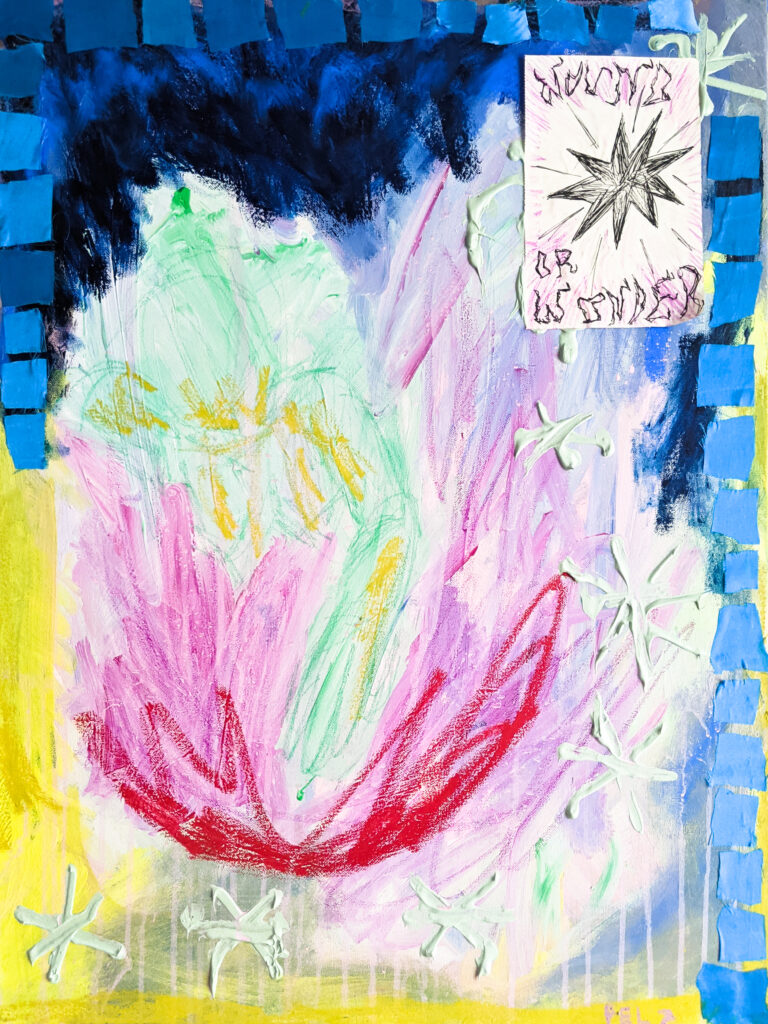
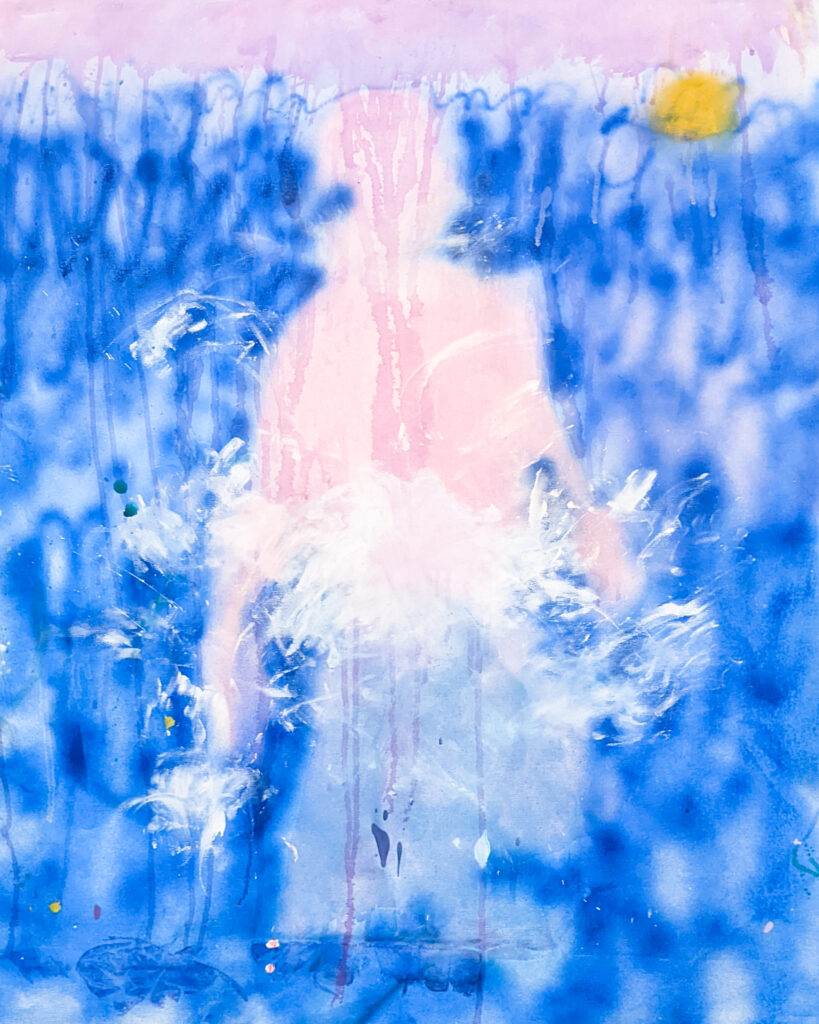
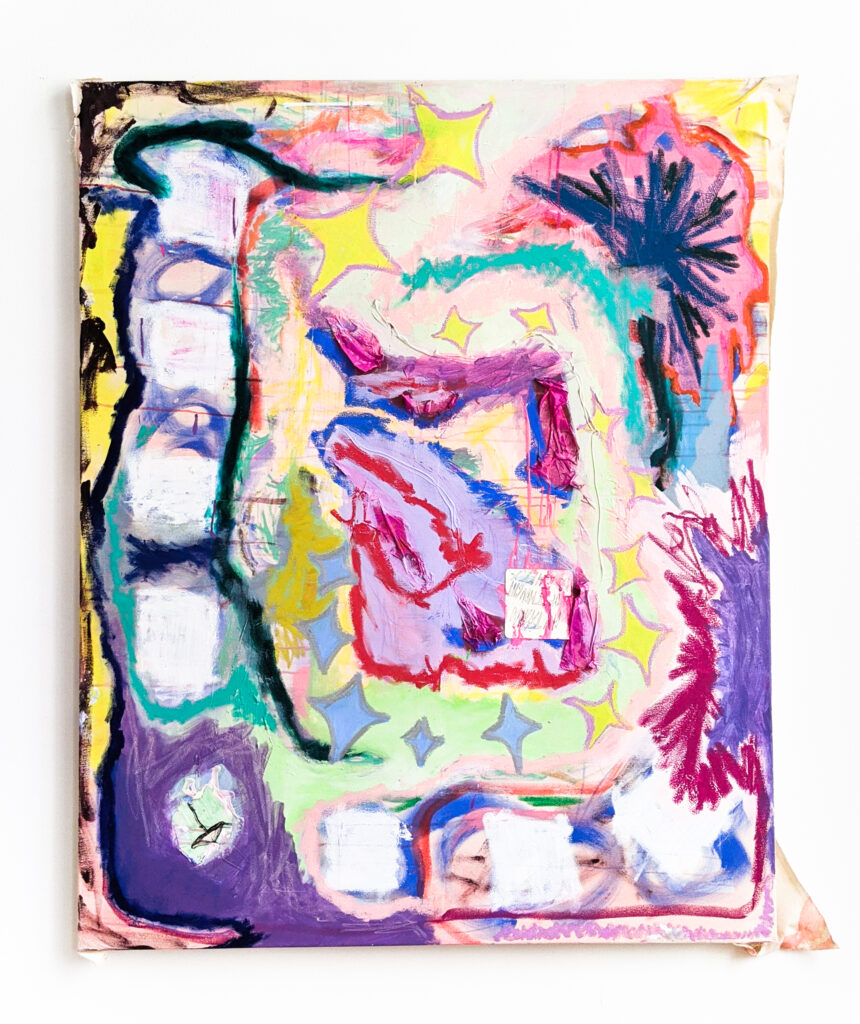
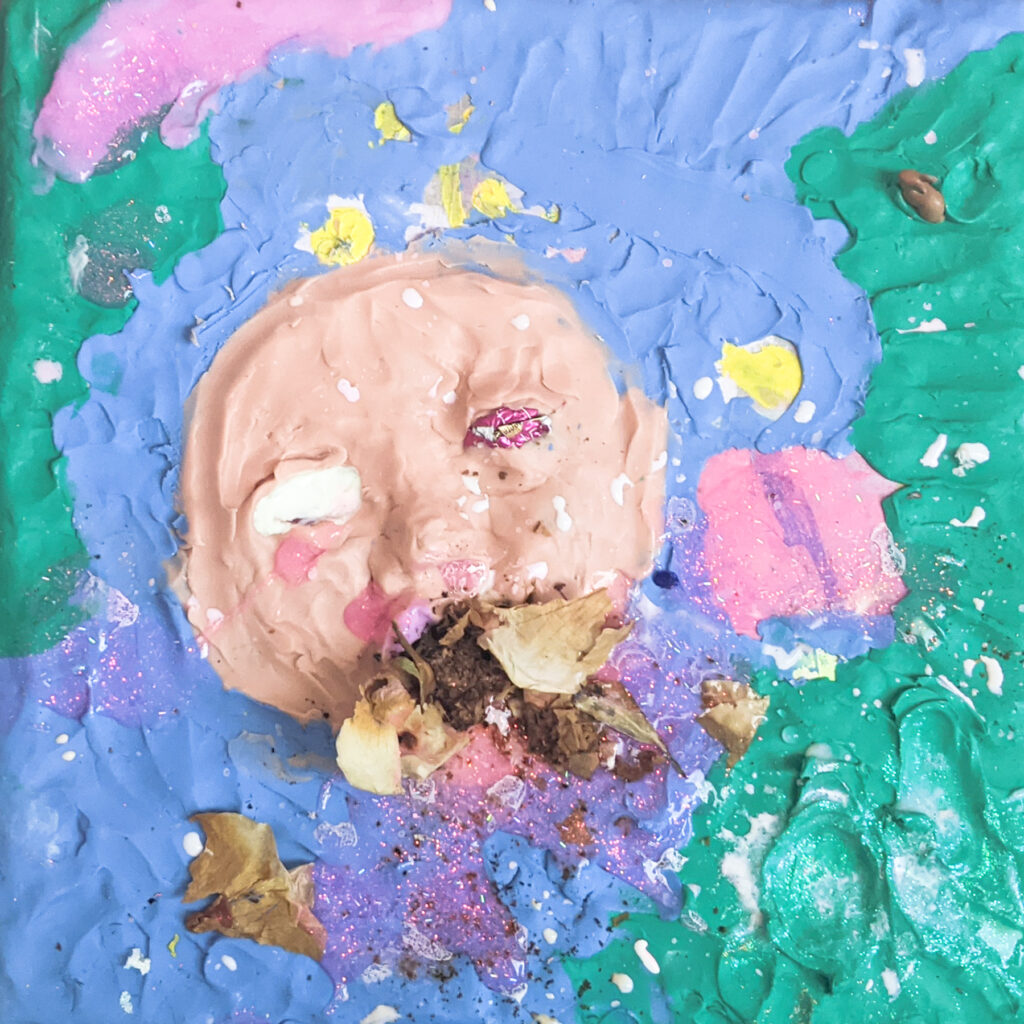
LMG: What is your experience with the art world?
AP: I think that’s hard to say. On one hand there is a lot happening in Vienna which is great and it’s always what you make of it. I think there are many opportunities to do something and be a part of it. On the other hand the art world in general is kind of elitist and there are a lot of unwritten rules which doesn’t make it so easy to enter. I think, also with the next question (“Is there something you would change about the art world and if yes, what?”), that it could be more open, maybe less classist and there could be more women or not cis male people, in important positions and it’s just also a mirror of the rest of society.
LMG: What do you think is/are the role/-s of art and artists in our society?
AP: I like to think of it as a catalyst. There is empathy when a piece resonates with someone in a way and just moves people, I think there is a special power in that. In the best way it could be a field where we can explore what is happening around us, a way to process, look at something from different point of views, I think that also adds to society. I also think there is something beautiful in producing something “useless”, I mean there is a use to art, but in a way useless in a world that is very driven by productivity. I’ve recently came across the theory that if we can stop and appreciate something beautiful, from an evolutionary perspective, it makes us feel safe because it communicates that we are safe when we can appreciate something beautiful that is not really useful to us, and I think that’s also a beautiful way to think about art.
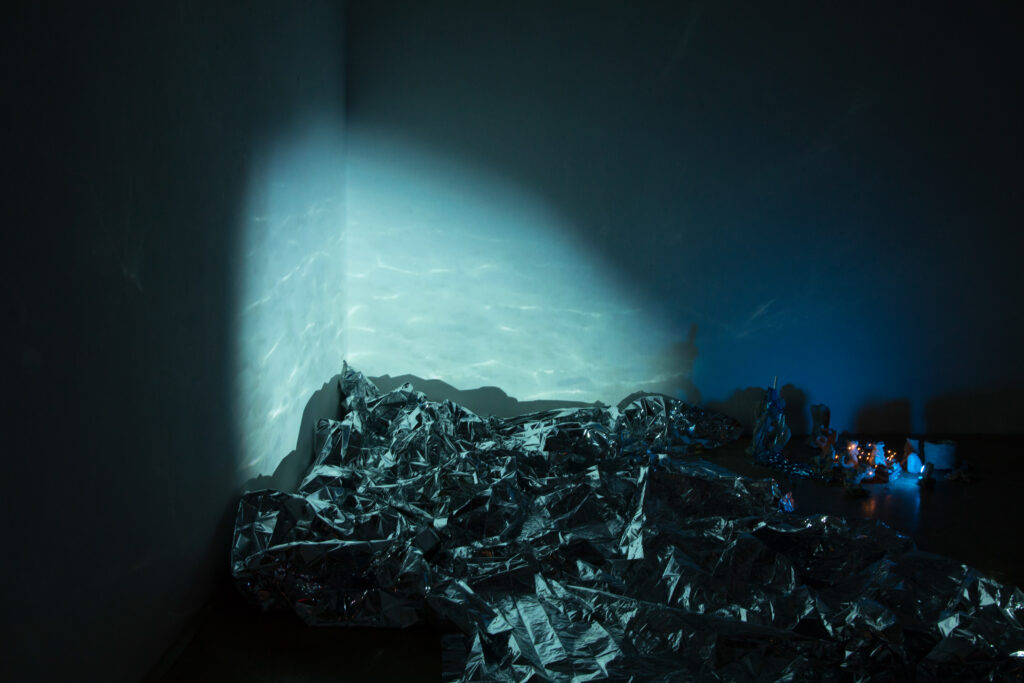
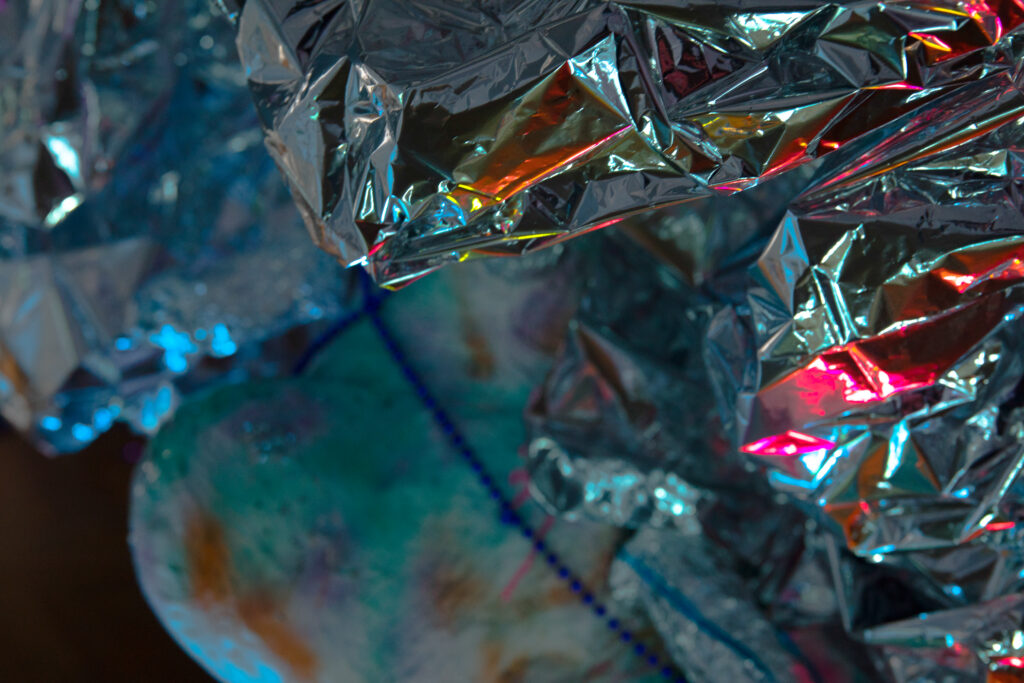
LMG: Which artist/-s (dead or alive) would you like to meet and if you had one question what would you ask them?
AP: I think there are many! The first one is Pipilotti Rist, then Tracy Emin would be interesting, Martha Jungwirth, Maria Lassnig or Louise Bourgeois. Happily there are many interviews with these artists which can answer some questions already, but I think it would be interesting to know how they managed to navigate through the art world, to combine their true expression with also surviving in a capitalistic society as an artist. I think that also has changed over time but it would still be interesting because it’s something that’s rarely openly talked about.
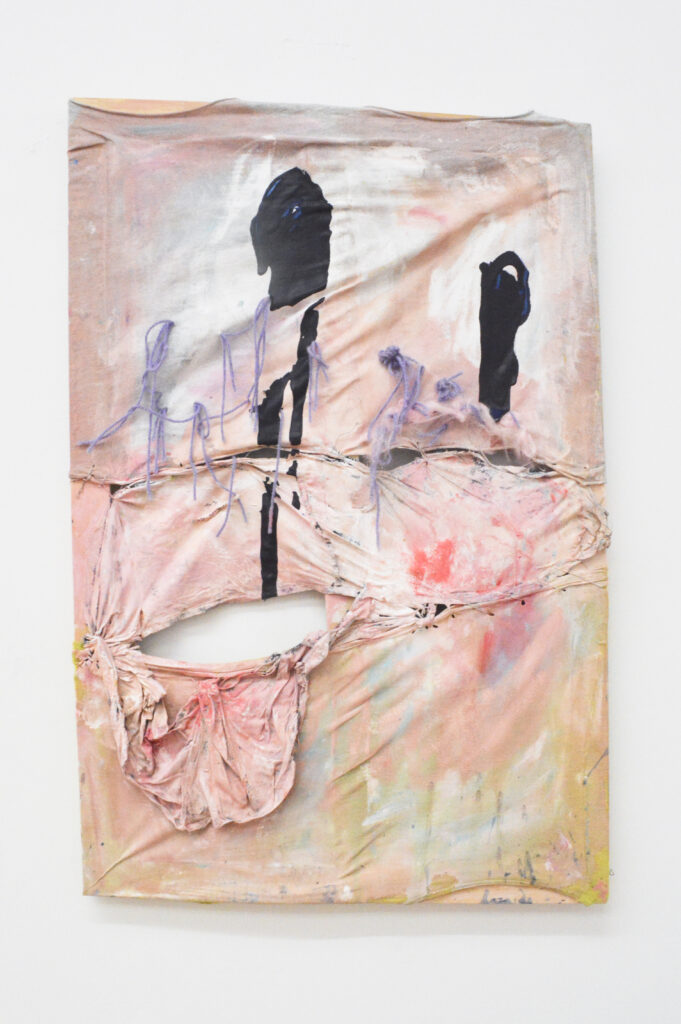
‘Damen(b)art’
LMG: Is there something you want to achieve in your art life? Dreams? Future plans? Or projects you would like to do?
AP: There are many ideas that I still want to see come to life. I think it would be nice to have more space to fill and to make even bigger immersive experiences, also to play with performance. In the more distant future I think what is nice about having exhibitions in bigger, more established places, is that there is a bigger audience. I think that it would be nice to share what I do with more people and see their interaction (with the works), that would be interesting. Also I’d like to improve my skills in different fields and combine them.
LMG: Do you think there is something you can bring to this world through your work as an artist which you couldn’t in any other field of work?
AP: There certainly are many ways to add to society but I think with art it’s maybe the most sensual way to do so. As I said I think art can be a free field to explore what’s going on within us and around us and that’s also an important part for society. Art can also add to many different fields which could be further explored. It can give a different angle to something in a maybe playful way.
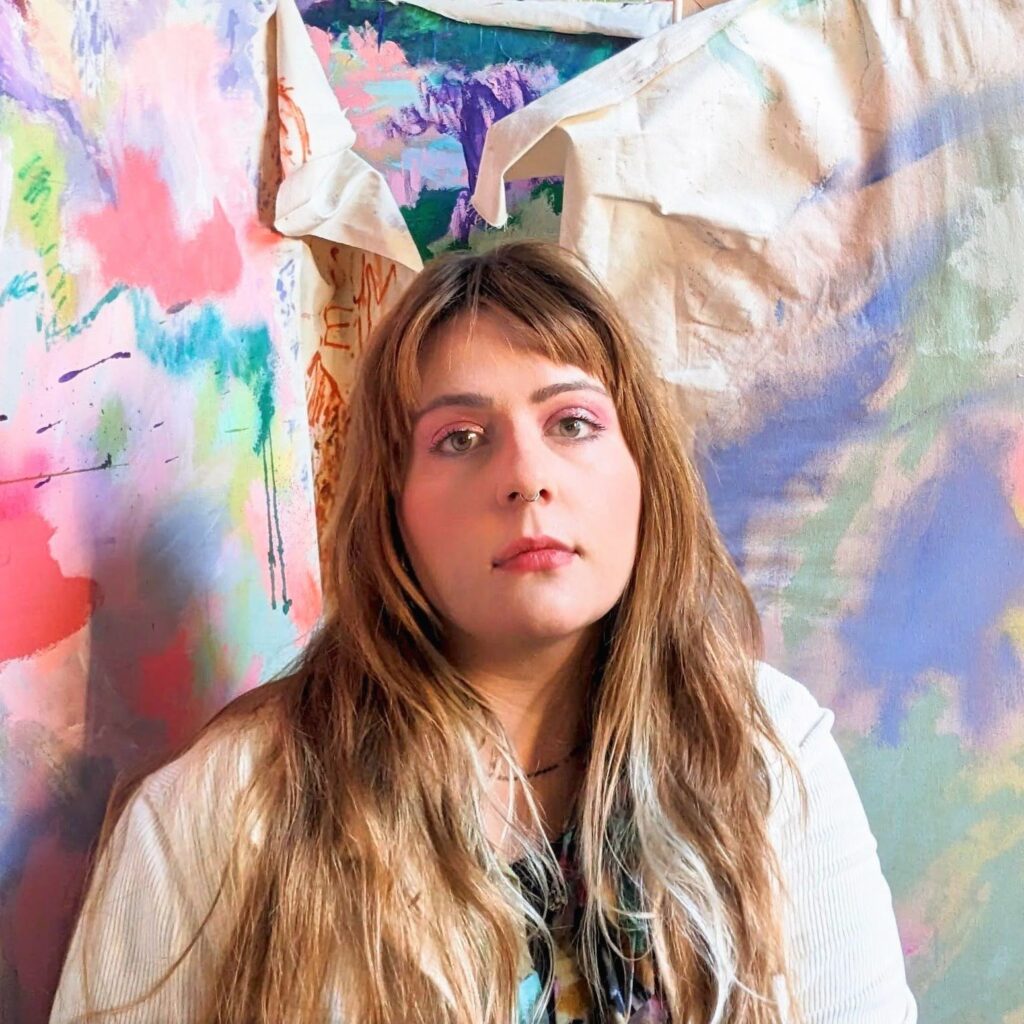
Copyright of all photos and artworks: Anna Pelz
Instagram: https://www.instagram.com/farbmilieu/
Website: https://www.pelzanna.com




